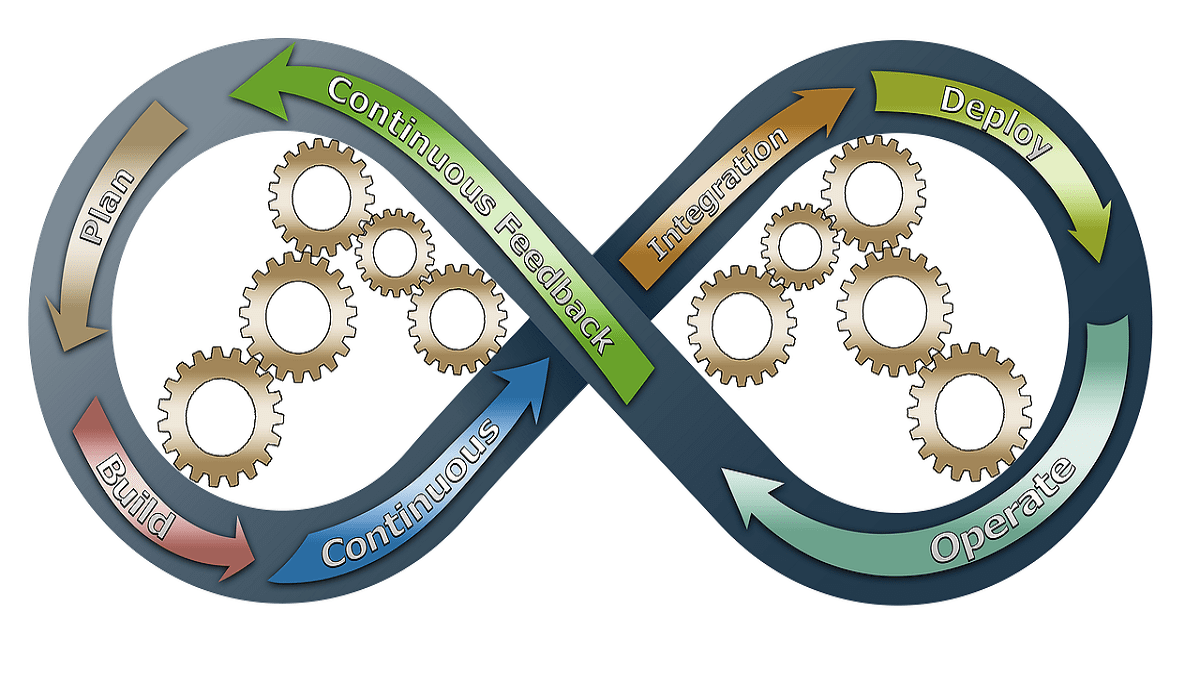Table of Contents
IT infrastructure Definition
The infrastructure contains a set of physical devices and software applications that are required to operate the entire company. It includes investments in hardware, software, and services such as consulting, training, and training that shares through the whole company or its business units.
The company, in such a way that the IT infrastructure in the company provides fundamentals for customer service, working with suppliers, and managing internal business processes in the company.
However, the IT infrastructure is also a set of services throughout the company, budgeted by the administration and covering both human and technical capabilities.
The services that a company can provide to its customers, suppliers, and employees are a direct function of its IT infrastructure.
Elements of IT infrastructure
There are four elements of the IT technology infrastructure:
Servers:
there are different types of servers depending on the needs of the companies and their size.
Storage:
there are different storage solutions that can be applied, among others, hyperconvergents, storage booths, and NAS devices as possible backups.
Networking:
this allows different functionalities to the system without taking security risks. Agility and flexibility increase visibility in networks.
security:
this element provides computer security to the company and facilitates access to data in case of loss or an attack on the system.
Who uses the IT infrastructure and why?
The digital transformation gives the possibility to adapt to the new technological times. With this digital evolution, virtual platforms use to provide computer services to companies and thus boost positive business results.
The solutions of these services range from applications to business systems, smart products, or digital records; all of them need this unique infrastructure to get going.
The technology platform helps accelerate innovation and increases customer participation. The infrastructure is necessary to offer these digital transformation services, but you do not have to reside in any physical installation.
Nor is the need for an owner a mandatory feature. Everything that happens in this system can happen inside the servers of the cloud; in this way, we get more agility, more ease of administration and reaction to future demands of the users.
Besides, the visibility it has in networks and providers increases and is capable of creating a large capacity for reports on the use of the infrastructure itself.
How does IT infrastructure work?
The IT infrastructure has become the main component of technological services today. As we have pointed out above, it provides us with several network functionalities, secure information storage, and large-scale data processing.
Within the system, users can communicate with these infrastructures through smartphones, laptops, and tablets to manage personal and business data using network applications and servers.
Benefits of IT infrastructure in digital transformation
First of all, the fact of having this type of support means that we can work with a vast amount of data, hosted in the cloud with excellent security, but with easy ways to access it.
Second, IT infrastructure must offer support in a context of disruptive technologies in a globally connected society, considering an ecosystem that, according to Gartner, visualizes more than 25 billion of the most diverse devices and connected things by 2020.
Having the right IT technology infrastructure will be a determining factor for business competitiveness and for digital transformation.
Besides, acquiring an IT system will provide a clean and orderly organization to increase the functionalities of customers. Along with the speed, it will contribute to the service.
This feature, together with the advances in cloud computing, will facilitate all efforts. Besides, the IT infrastructure creates components that may or may not be optimized.
All this means that we can adapt to this IT infrastructure to the needs of users. And also to achieve specific objectives and goals set for success.

